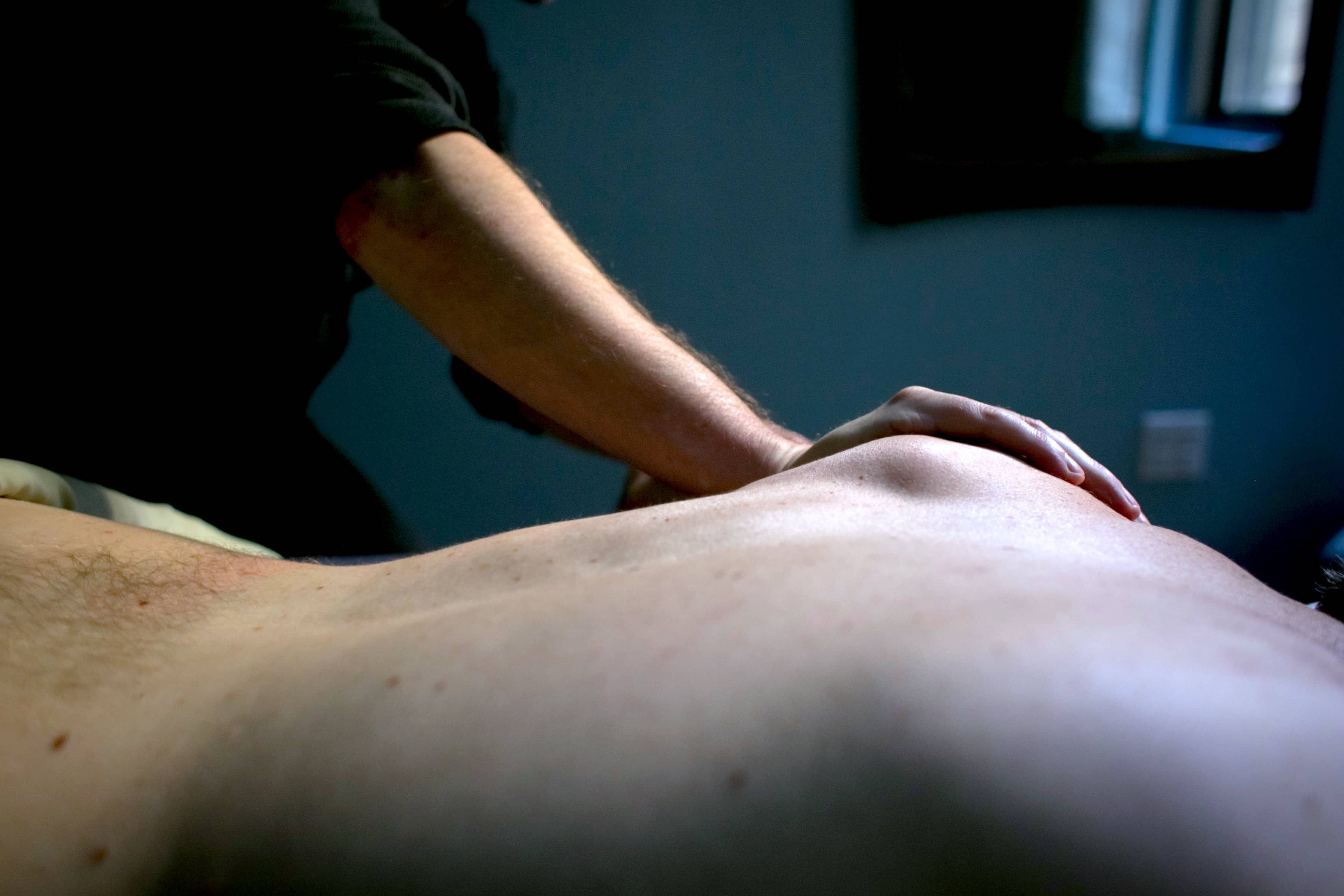YOUR CART
- No products in the cart.
Subtotal:
$0.00
BEST SELLING PRODUCTS
Home » News on Massage, Health and Wellness » Blog » The Benefits of Massage » Massage Therapy for Athletes: The 6 Do’s and Don’ts to Avoid Workout Injury
It’s nearing the end of winter and we are all a bit tired of it! Everyone is recommitting to their health goals, trying to get in shape, keep in shape, improve, etc. Bodyworks DW starts to see a lot more injuries this time of year from pushing too hard at the gym. Here’s our top advice for when to push hard and when to take it easier to prevent injury. We’ll also discuss when massage therapy for athletes is worth exploring as both a preventative measure if and when you do get an injury.
There are a lot of amazing fitness classes available in NYC. It seems like something new is popping up almost every month. And while the variety is fantastic for helping you zero in on something that really works for you, it also means exposure to a lot of different and opposing opinions on what is good for you and what is not. As massage therapists, we have a unique viewpoint on fitness. We get to see hundreds of different clients and track what activities lead to the injuries that we work on every day, and we get to see what you can do to prevent injury that really works.
The instructor of your class has one job - push you to your limits and beyond. The training they have is on exercise routines, form, and leading a class. Most don’t get very detailed anatomy training. Few, if any, are trained to deal with injuries.
We see hundreds of clients engaging in all manner of exercise. The repetitive motions of most forms of exercise lead to common injuries. While the following are by no means the only way you can get injured in class, they are far more common than you may realize.
If you know what the common injuries are to your activity, you can take it a bit easier when you start to feel anything “off” in those areas.
STOP exercising for at least 24 hours. Try exercise again. If you feel okay, great, if you don’t wait another day.
Yoga: hamstring attachment tear, SI joint instability, cervical disc herniations, mid back pain
Pilates: plantar fasciitis, mid back pain
Crossfit: rotator cuff tear, biceps tendonitis, hip issues, groin pull
Soul Cycle/spinning: cervical disc and lumbar disc herniation, hip issues, low back pain, shoulder pain
Swimming: rotator cuff tear, hip issues, plantar fasciitis
Running (distance): plantar fasciitis, knee issues, ankle sprains, low back pain
Martial Arts (striking heavy ones like karate or kung fu): ankle sprains, hip issues, wrist sprains
Martial Arts (soft styles like aikido): hip issues, rotator cuff tear
Ju-juitsu: cervical disc herniations, rotator cuff tear, finger injuries
Boot Camp Style Classes: plantar fasciitis, groin pull, biceps tendonitis
Tennis: tennis elbow, hip issues
Kettlebell: wrist sprains, hip issues
Barre: hip issues, mid back pain
Rowing: Shoulder pain, hip issues
Boxing: wrist sprains, shoulder pain, plantar fasciitis
Kickboxing: wrist sprains, plantar fasciitis, ankle sprains
If you feel pain during a class or workout and follow the above advice, it will go away for small injuries. After rest with light movement and stretching, try exercising again. If you feel okay, awesome! You are good to go.
If the pain persists and does not go away, it’s not going to heal on its own without at least several weeks of rest. And that just plain sucks if you have specific goals such as running a marathon, losing weight, increasing your times, etc.
Working with our team of experienced and well-trained therapists can kick start your healing and get you back in action much faster. Customized massage therapy for athletes is different than your average spa massage as we target the problem areas and work with you to improve your form, body awareness, and exercise routine so that you can continue to progress without further injury. Book a massage in midtown or downtown today!
Book Appointment
